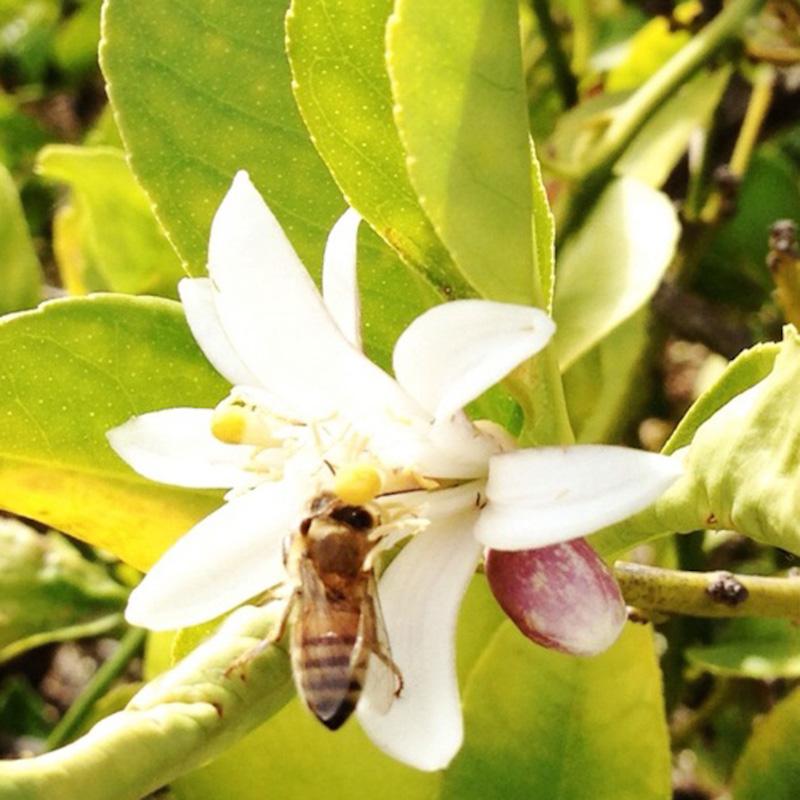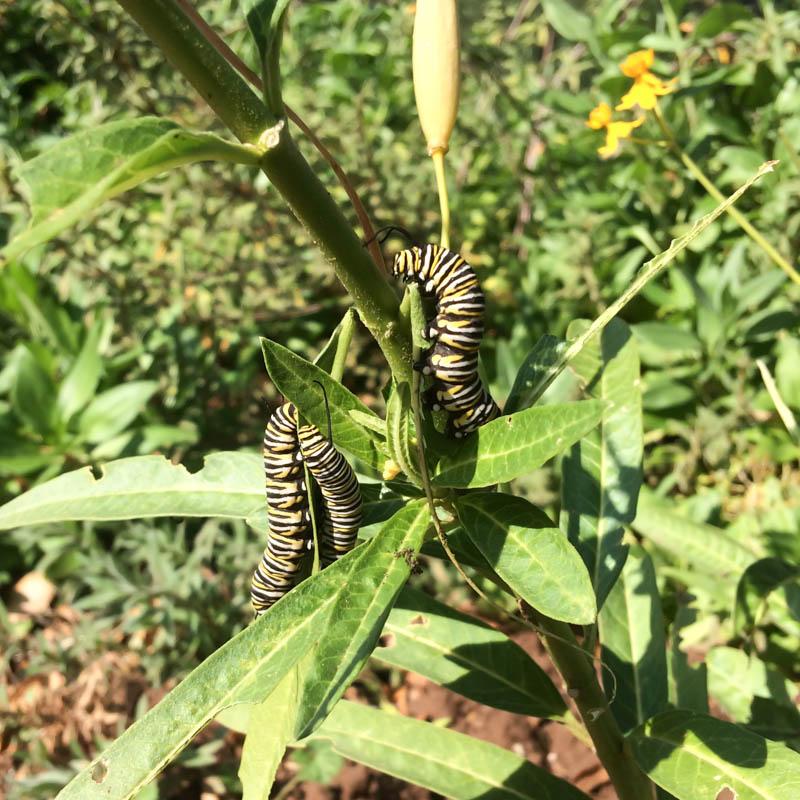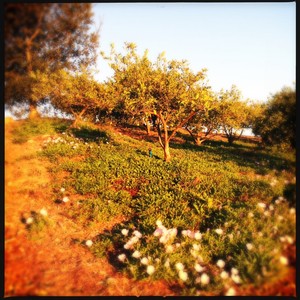21 Jun Sun 2015
WHAT ARE WE DOING ABOUT WATER?
09 Jun Tue 2015
‘FAIRVIEW FRANKIE’
Take a 1953 Buick Super—my grandfather drove one—coil a gasoline station pump hose under the hood, glue a patch of Velcro on the trunk door, and attach a set of cellophane wings to the top—the kind you see in 19th century English books on faeries, not the feathered ones you see on angels or, more recently, on lingerie models. What you have is a modern sculptor’s approximation of a deluxe, eight-cylinder, 120 horsepower, Dynaflow bumblebee.
No yellow and black convict stripes for these flying bandits. If they have a yellow patch on their front grill, they are likely to be Bombus vosnesenskii, California’s most common bumblebee. But if they are like Model T Fords—made only in shades of black, anthracite, licorice, or tar— they could be the close cousins of bumblebees known as carpenter bees.
Bumblebees zoom like World War II fighters—they can hit ground speeds of almost 35 miles per hour—but they can hover like a Huey helicopter And while bees buzz and hummingbirds, well, hum, bumblebees rev their engines like Harleys.
Bumblebees are the workhorse pollinators of the orchard. They fly from just after sunup to well after sundown—perhaps keeping even longer hours than honey bees, which I rarely see after sunset. To warm up their engines before taking off on chilly mornings, they shiver for a few minutes. Once airborne, bumblebees can convert even weak sunshine to heat while the furry shawls on their backsides helps retain the warmth. When it is cool out, bumblebees use their built-in heaters. And if temperatures get too hot, they reverse the airflow to cool their engines.
I don’t know how many miles they get to the drop of fuel, but they make frequent stops at all the diners and dives across the orchard—the Purple Sage, Hot Lips Salvia, Meyer’s Lemon, the Mandarin Club, the Avocado Grove. Instead of a soda and an order of fries to go, they fill their tanks with nectar and stuff their take-out bags with pollen, mixing it up as they go along.
If insect-size bumblebee nose art was painted below their cockpits, I am certain we would see bumblebee pin-ups sporting names like “Santa Pollinator,” “Blossom Belle,” and “Orchard Queen.” Wouldn’t it be great if there was one called “Fairview Frankie”? “Frankie” is a nickname for Frances, a name that means “free.”
30 Apr Thu 2015
Bombus Occidentalis and other Local Pollinators
We have been planting native species of wildflowers along the access roads in our orchard. These are tough, drought-resistant plants that add to the beauty of morning and sunset walks, but their purpose is more than decorative. Native species attract native bees, butterflies, hummingbirds and other creatures that pollinate our trees. Unlike the large commercial orchards, we do not rent bees from itinerant beekeepers who follow the blossoms from farm to farm. And since we are organic, there are no pesticides to harm the bugs and birds working for us.
We have not tried to design the entire project in advance. Instead, we continuously plant varieties of Agastache, Penstemons, Jupiter’s Beard, California Poppies and California Lilacs, Salvia, Hummingbird Sage, Butterfly Mint, and Yarrow along with Flannel Bushes and Manzanitas, to see what grows best where. The result is an ever-changing kaleidoscope of colors. The bees seem to go after the white, yellow and purple flowers while the hummingbirds favor the violet and red ones.

One of our staff in charge of pollination
Bumblebees are the most prolific pollinators. My favorites are the big black Western Bumblebees. Their Latin name fits--Bombus Occidentalis. They look like fuzz-covered bits of charcoal with yellow stripes. Sometimes, they fly up close to check you out. They look scary, but they are far too busy to bother with people. Even while pruning trees and picking lemons or avocados, no one has ever been stung.
06 Apr Mon 2015
Milkweed and Monarchs
We are planting milkweed plants in our orchard. One form or another of this weed used to grow almost everywhere in North America, but herbicides have just about wiped it out – and along with it much of the Monarch butterfly population.
Plant milkweed and the bright orange and black butterflies show up almost immediately. I don’t know how they find it so quickly. The orchard is organic – no herbicides, no pesticides. Do insects know that? Can they smell poison?
Soon after, the equally colorful Monarch caterpillars appear on the milkweed leaves. Unlike the butterflies that flutter, soar and plummet, tossed about on invisible currents of air – how do they ever manage to migrate in one direction? –the caterpillars eat purposefully, continuously, systematically consuming the leaf in rows of bites--like eating corn on the cob--down one side of the midrib, then the other.
Tiny circus trains on vertical rails, the caterpillars quickly grow long and fat. You would think they would make a tasty meal for birds, but milkweed contains toxic steroids called cardenolides, which make the caterpillars taste bitter. Their bright colors, like neon signs, advertise “Don’t Eat Here.” Most birds won’t touch them, but a few are not bothered by the poison and will readily eat Monarch caterpillars. It is probably an acquired taste.
Monarch butterflies carry the bitter toxin in their bodies, advertising their unpleasant taste, repelling most birds, but again, some species of birds have learned to eat only the parts of the butterfly that contain less of the poison.
Deprived of its basic food source and pummeled by other environmental misfortunes, the Monarch butterfly population has plunged. Only a fraction of them still winter in Mexico. California’s Monarchs are a different bunch. They migrate up and down the coast, and if they find enough refuges, they will survive.
Like bees, the Monarchs are pollinators, but certainly not as plentiful and probably nowhere near as efficient as the industrious bumblebees, but their brilliant colors and crazy flight patterns are a joy to watch.
We can do little to change their increasingly hostile environment beyond our fence. But if these creatures come to us, are we not obliged to offer them asylum?

07 May Wed 2014
Fairview Orchard's Organic Avocados recently featured in Chiot's Run - A chronicle of an organic life.
Small Farm Food
May 3rd, 2014
If you’ve been reading here long you know I’m a big advocate of local and small farm food. Just because I try to eat locally doesn’t mean I don’t enjoy food from afar. Growing up in Colombia gave me a taste for all things tropical. Just like the rest of the food in my diet I source my tropical goodies from small farms as well. Read more...
Find them here: Organic Hass Avocados
24 Apr Thu 2014
When Life gives you Lemons, Make Limoncello!
The first time I ever tasted limoncello was a small batch made at a little pizzeria in Oakland, California where everything was sourced locally and made with lots of love and tradition. The delicious lemon liqueur is a classic Southern Italian refreshment which combines the simple process of steeping fresh lemons in grain alcohol until the essential oils are released resulting in a beautiful yellow infusion and then mixing it with homemade simple syrup and leaving it to rest. I had to try it myself! Fortunately, my family owns and operates an organic ranch,Fairview Orchards in Ojai, California, where we grow a variety of citrus, so I made a batch with organic Eureka Lemons. It was great but my curiosity and abundance of lemons compelled me to try another variety that we grow, Meyer Lemons, because they have such lovely fragrant skin and sweeter flavor. Success! It was so delicious I wanted to share it with every one… the recipe not my limoncello!
Here's how to make your own.
One important tip when trying this recipe is to find high quality lemons that are organic and free of pesticides and wax. This might be the hardest part of the recipe. Most commercial lemons are sprayed with fungicide and waxed to prolong shelf life. But since the essential oils are patiently extracted from the skin of the lemon, choosing unadulterated, organic and un-waxed lemons is the key to getting a true lemony color and flavor. Enjoy!
Limoncello
Ingredients:
Organic un-waxed Meyer Lemons – 4-5 lbs or however many lemons fit into your container
Grain Alcohol/Everclear or a neutral unflavored Vodka – 750 ml
Water – 4 cups
White Granulated Sugar – 2 cups
Method
Wash and dry your Meyer Lemons well.
In a large clean mason jar (or any glass jar with a lid that will secure tightly) combine the Meyer Lemons and grain alcohol and let rest in a cool dark place for a minimum of 30 days, 60 days is even better.
When ready, in a small pot heat the water and sugar until dissolved and let cool completely.
Meanwhile fish out your Meyer Lemons that have been steeping in the grain alcohol and set aside.
When your simple syrup is completely cool add half of it to the lemon infused alcohol.
Taste. I don’t like super sweet and syrupy limoncello so adjust the amount of simple syrup to your liking. Discard the lemons because they are not edible (believe me, I tried).
Taste. Then let rest in a cool dark place for at least 30 days. Taste.
If you are satisfied with the flavor then throw it in the refrigerator or freezer until ready to serve. It shouldn’t freeze due to the alcohol content.
For a fresher lemony flavor, you can add some fresh lemon juice to your infusion.
Enjoy your homemade Limoncello chilled or over ice. It’s also fantastic over a little vanilla ice cream or shaved ice as a dessert.
Find Organic Meyer Lemons here: Fairview Orchards Organic Meyer Lemons
11 Mar Tue 2014
Fairview Orchard's Organic Meyer Lemons recently featured in the Huffington Post!

MEYER LEMONS FROM OJAI: CALIFORNIA SUNSHINE IN A BOX
FEBRUARY 26TH, 2014
I had never heard of Meyer lemons until one winter Washington weekend spent in the company of gourmands -- one of the serendipities of a migrant's life remains the endless discovery of novel foods decades after arriving to a new continent. Read more...


